-

Race Against Time: Tackling the Invasive Gold Clam
Publication article28 February 2025NIWA and partners launch critical research to stop an invasive clam threatening New Zealand's freshwater ecosystem. -

Develop a suite of control tools
Research aim: Developing a suite of control tools -

Develop predictive models
Research aim: Developing predictive models -

Understanding clam impacts
Research aim: Understanding clam impacts -

About the clam
Learn more about the invasive freshwater gold clam -

About the project
Find out more about the MBIE project -

"Now or never": fight against invasive clam gets critical boost
Media release19 September 2024NIWA has been awarded $10.2m to investigate an invasive clam that was only recently discovered in New Zealand waters. -
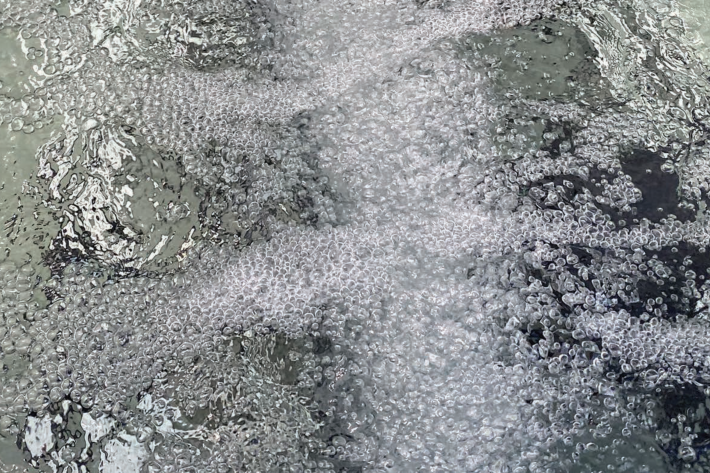
The Bio-Acoustic Fish Fence
Research ProjectInvestigating the effectiveness of an acoustic bubble-screen in minimising the movement of pest fish -
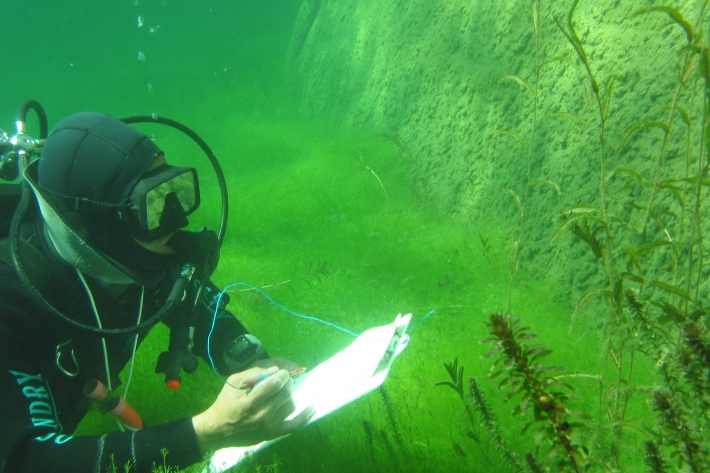
Freshwater biosecurity
Reducing the risk of new freshwater invasive species, minimising the impacts of these species, and developing methods for reducing or eradicating those populations. -
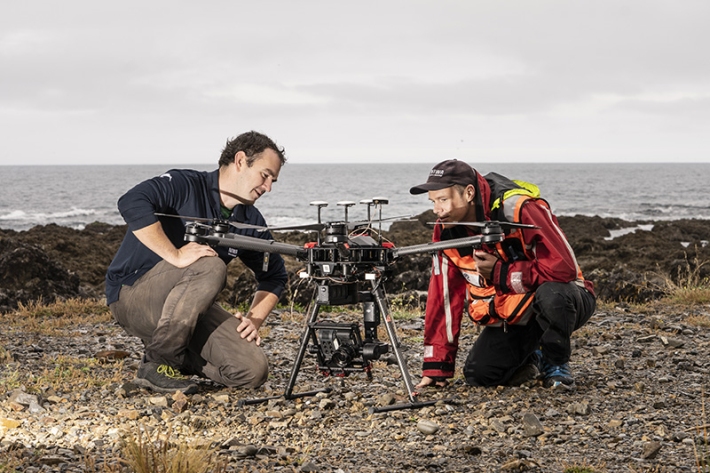
Technology provides views of life in remote habitats
Media release25 October 2022Aotearoa-New Zealand’s marine area covers 167,650 square kilometres presenting a staggering distribution of climates, from subtropical to subantarctic waters, to understand and manage. -
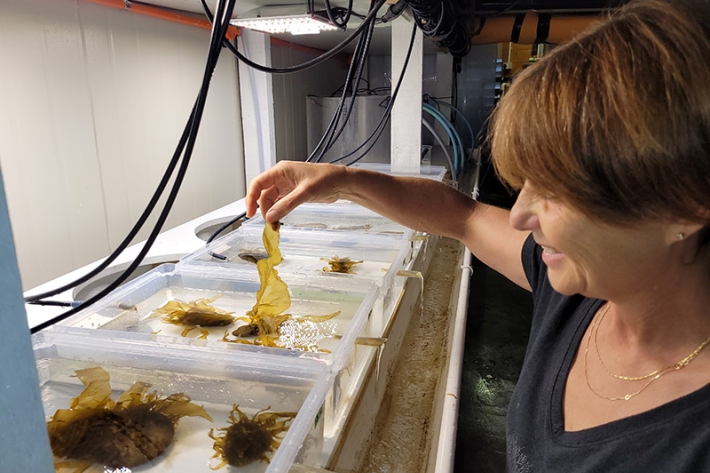
Seaweed research and services
ServiceNIWA has world-class expertise in marine macroalgae and extensive research on various aspects of seaweed ecology, growth and taxonomy. -
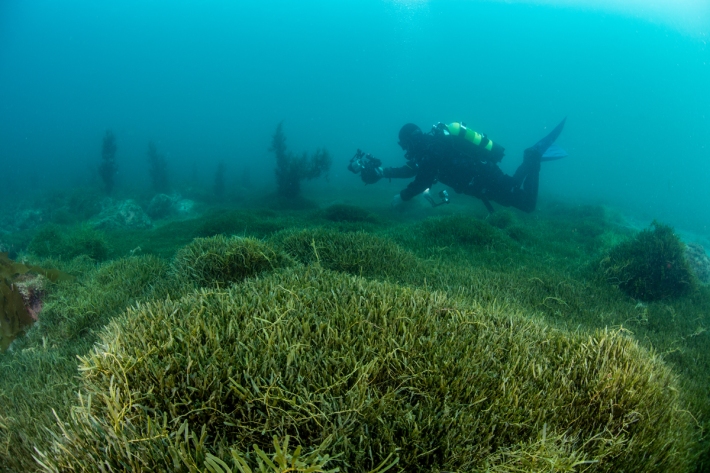
Marine invader Caulerpa triggers biosecurity response
Media release29 September 2022NIWA is part of a multi-agency biosecurity response to an invasive seaweed discovered at Aotea Great Barrier Island and subsequently at Ahuahu Great Mercury Island.
